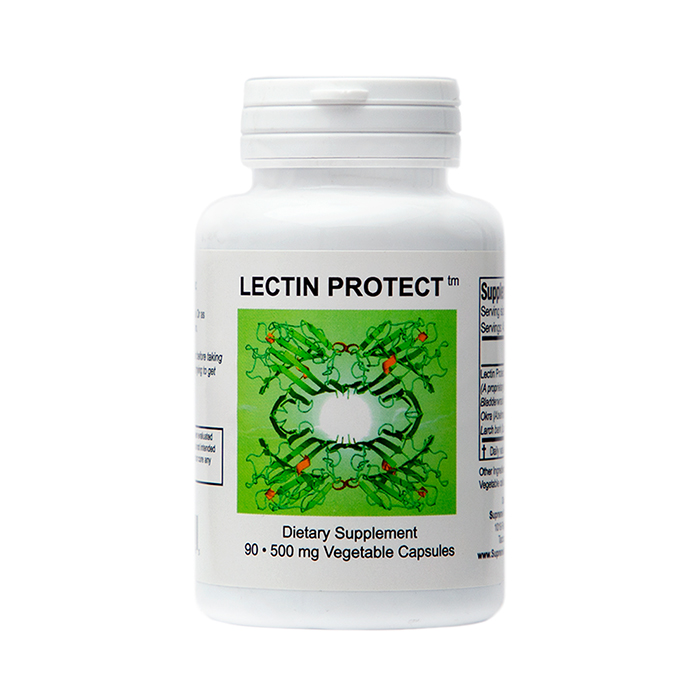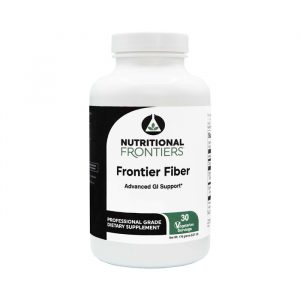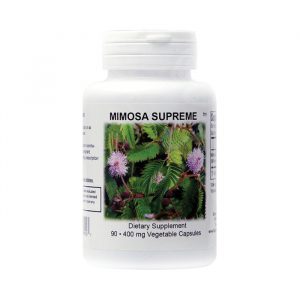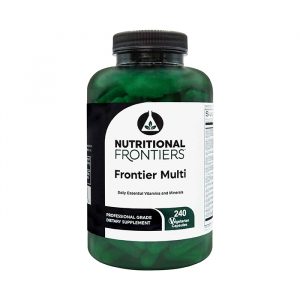Description
Lectin Protect: The Natural Solution for Managing Lectins
Lectins have gained considerable attention in recent years, primarily due to the work of Dr. Steven Gundry and other health experts. These carbohydrate-binding proteins, found in many foods, can pose significant health risks if consumed in large amounts or by individuals who are especially sensitive to them. This is where Lectin Protect comes into play, offering a natural solution to manage and reduce the impact of lectins on your health.
What Are Lectins and Why Are They Harmful?
Lectins are proteins that bind to carbohydrates and exist in varying amounts in most foods. They are particularly high in:
- Beans and legumes
- Grains
- Nuts and seeds
- Nightshades (e.g., tomatoes, potatoes, peppers)
- Grain and bean-fed animal products
Even though these foods are often considered healthy, the lectins they contain can be resistant to the body’s digestive enzymes and can withstand cooking methods, making them difficult to break down.
Why is this a problem? When consumed in excess, or even in small amounts by people who are more sensitive, lectins can cause various health issues, such as:
- Increased intestinal permeability (commonly known as “leaky gut”)
- Immune system reactions that may trigger autoimmune conditions
- Toxic effects on the nervous system and other body systems
- Hypercoagulation and endocrine disruption
The Importance of Reducing Lectin Exposure
According to Dr. Gundry’s book, “The Plant Paradox,” reducing lectin exposure has been shown to improve numerous health conditions, including:
- Arthritis
- Chronic fatigue
- Dementia and depression
- Heart disease
- Diabetes
- Migraines
- Polycystic Ovary Syndrome (PCOS)
- Obesity
While it’s nearly impossible to eliminate all lectins from your diet, reducing exposure can make a significant difference in your overall health.
Introducing Lectin Protect: Your Defense Against Harmful Lectins
Lectin Protect is a carefully formulated supplement designed to neutralize and bind harmful lectins, reducing their impact on your body. This product has been developed after extensive research and testing to ensure its effectiveness. It contains three powerful, natural ingredients known for their lectin-binding properties:
1. Bladderwrack (Fucus vesiculosus)
- Bladderwrack is a seaweed rich in fucose sugars, which have mucilaginous properties that help bind and eliminate harmful lectins from the body.
- It also aids in removing pathogenic organisms from the gastrointestinal tract, promoting overall gut health.
Why it works: The mucilaginous texture of bladderwrack helps it bind effectively to lectins, preventing them from causing harm.
2. Okra
- Okra is a well-known lectin-binding vegetable. It not only binds to lectins present in your diet but also attaches to those that have already adhered to various receptor sites in the body.
- A study showed that okra could bind up to 80% of certain types of lectins.
Why it works: Okra’s sticky, gelatinous texture enables it to capture and neutralize lectins efficiently.
3. Larch Bark
- Larch bark contains arabinogalactans, natural polysaccharides that can bind to lectins and block their binding sites in the body.
- It also has properties that help boost the immune system and protect against common colds and infections.
Why it works: Arabinogalactans act as a protective barrier, preventing lectins from attaching to cells and causing damage.
How Lectin Protect Can Improve Your Health
Lectin Protect offers a natural and effective way to reduce the negative impact of lectins on your health. Here’s how it can help:
- Supports Digestive Health: By binding and eliminating harmful lectins, it helps prevent leaky gut syndrome and promotes a healthier digestive system.
- Boosts Immune Function: The ingredients in Lectin Protect have immune-boosting properties that can help protect you from infections and support overall immune health.
- Reduces Inflammation: Lectins are known to trigger inflammatory responses. By neutralizing them, Lectin Protect helps reduce inflammation, which is beneficial for conditions like arthritis and autoimmune disorders.
- Supports Healthy Weight Management: By reducing lectin-induced inflammation and intestinal permeability, Lectin Protect may aid in weight management and overall metabolic health.
Dosage and How to Use Lectin Protect
Recommended Dosage: Take 2 capsules daily, ideally with meals that are high in lectin-containing foods. For those with severe lectin sensitivity, you may take up to 4 capsules daily.
Important Note: Always consult with your healthcare provider before starting any new supplement, especially if you have existing health conditions or are taking other medications.
Frequently Asked Questions (FAQs)
1. How quickly will I see results with Lectin Protect?
Most people start noticing improvements in their digestive health and energy levels within a few weeks. However, individual results may vary.
2. Can I take Lectin Protect with other supplements?
Yes, Lectin Protect is safe to take alongside other supplements. However, consult with a healthcare professional to ensure compatibility.
3. Is Lectin Protect suitable for vegetarians and vegans?
Yes, Lectin Protect is made from plant-based ingredients and is suitable for vegetarians and vegans.
4. Can Lectin Protect replace a lectin-free diet?
While Lectin Protect helps neutralize lectins, it is still advisable to minimize your intake of high-lectin foods for the best results.
5. Are there any side effects?
Lectin Protect is made from natural ingredients and is generally safe for most individuals. However, if you experience any adverse reactions, discontinue use and consult your doctor.
6. Can I take Lectin Protect if I’m pregnant or breastfeeding?
If you’re pregnant or breastfeeding, consult with your healthcare provider before using Lectin Protect.
Why Choose Lectin Protect?
- Natural and Safe: Made with only three natural ingredients, each chosen for its effectiveness and safety.
- Scientifically Backed: The ingredients in Lectin Protect have been scientifically proven to bind and neutralize harmful lectins.
- Improves Overall Health: Not only does it help with lectin-related issues, but it also supports immune function, gut health, and reduces inflammation.
Conclusion
Lectin Protect offers an excellent way to manage your lectin intake and protect yourself from the potential negative effects of lectins. With its blend of Bladderwrack, Okra, and Larch Bark, it provides a comprehensive, natural solution to improve your health, especially if you suffer from lectin sensitivity or related conditions.
Take Control of Your Health Today!
Start your journey toward better health with Lectin Protect and experience the benefits of reduced lectin exposure.
References
- Gundry, S. “The Plant Paradox: The Hidden Dangers in ‘Healthy’ Foods That Cause Disease and Weight Gain.”
- Clinical studies on Bladderwrack, Okra, and Larch bark’s lectin-binding properties.






Reviews
There are no reviews yet.